Taking Measure
Just a Standard Blog
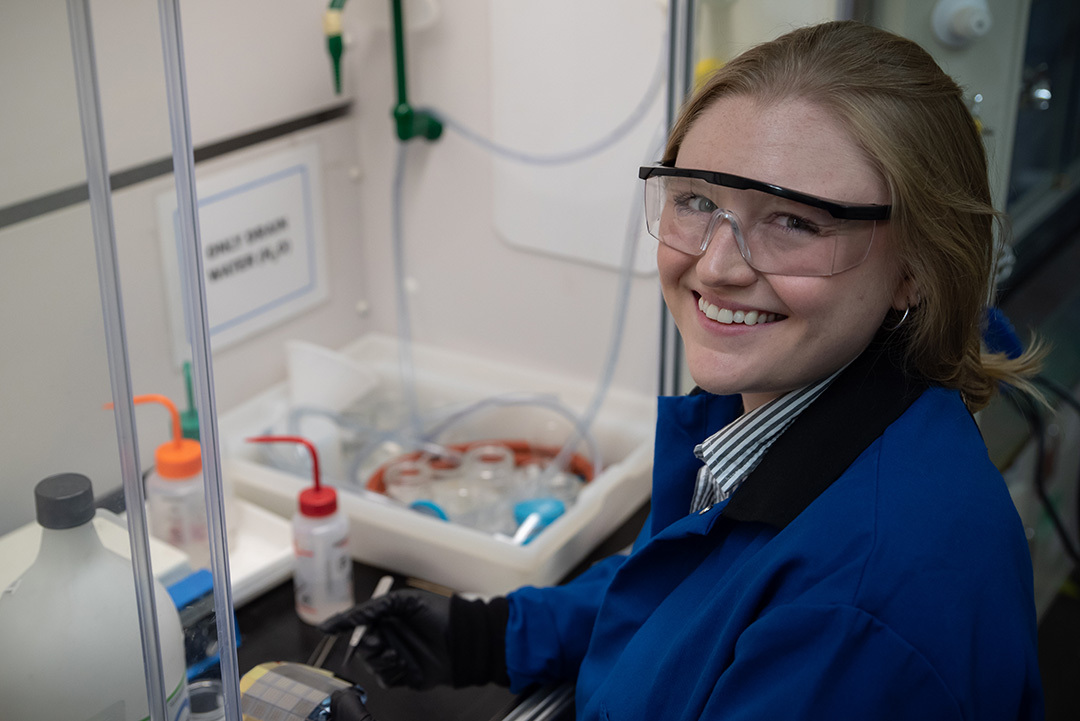
I can trace my entire scientific career trajectory back to one phone call on Sunday, May 13, 2007. My Science Olympiad coach, Mr. Chris Erler, called with bad news.
The Science Olympiad National Championships were a week away. Science Olympiad teams compete in more than 20 events focused on different technical areas. Towers, where students build tabletop balsa wood structures and test their structural strength to learn about engineering, was one of our team’s best events. I had built hundreds of balsa wood towers during the year, selecting our best designed and constructed towers for this final competition.
Mr. Erler had just tested our designs one last time, and the towers had performed terribly. We needed a whole new design and to build at least four new balsa wood towers with that design before we left.
The goal is to optimize the ratio of the tower’s weight and the weight it can hold, called efficiency, up to a maximum of 15 kilograms (33 pounds). I had a week to create the lightest design possible that could hold the maximum testing weight before breaking.
I hung up the phone and cried. My school had had a terrible showing at nationals the previous year, and we’d worked so hard to do better this year. I knew the team was counting on me.
When we got to the competition, I held my breath and slowly increased the weight on the tower, bit by bit, until we reached the 15-kilogram maximum for testing. The tower then wobbled for just a second — long enough to have been considered successful — before snapping into pieces and falling to the floor. I exhaled. I could hear my mom and coach yelling from the back of the room already.
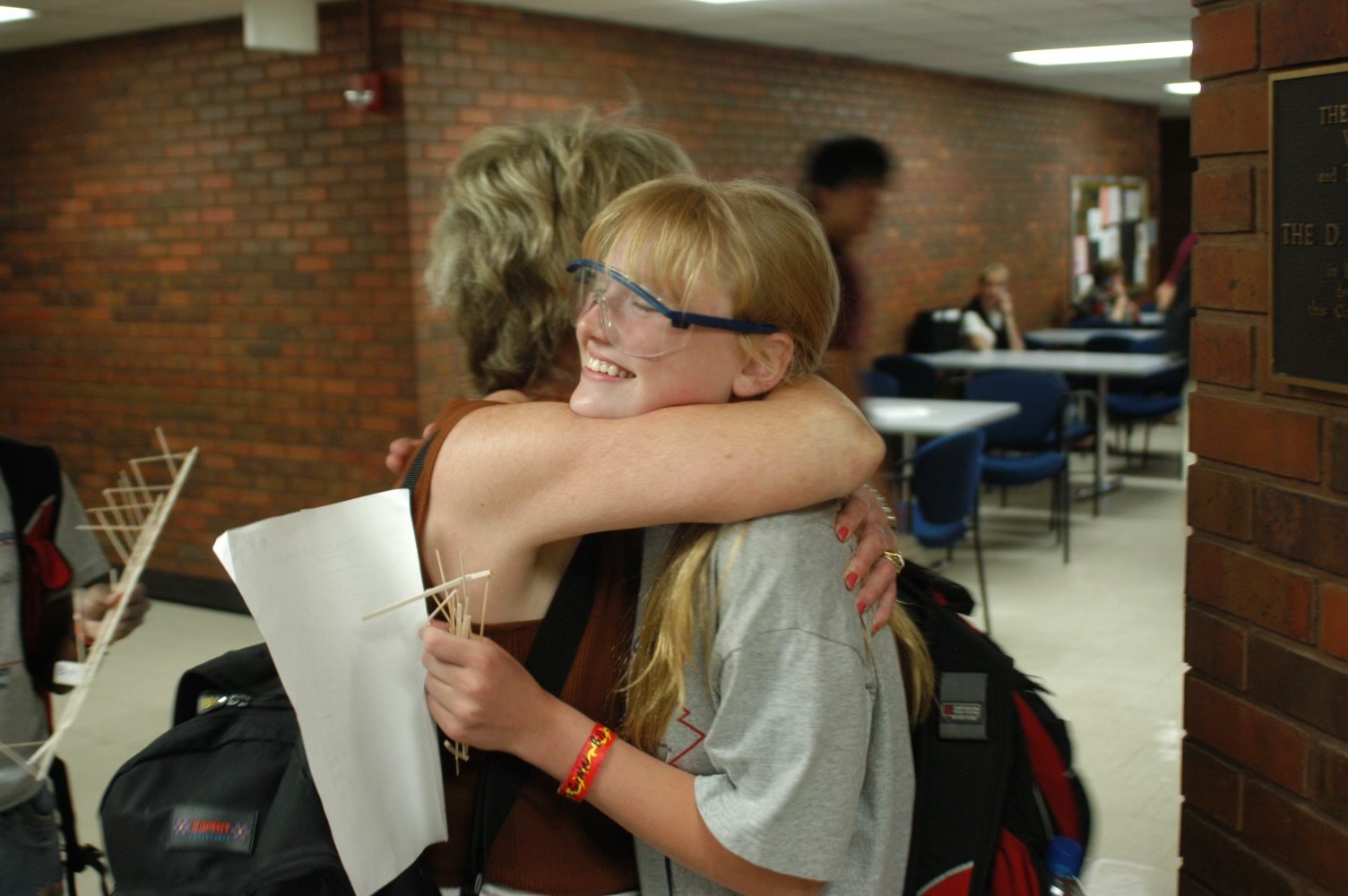
I couldn’t believe it. After all the hard work and a few calculated risks, my lightest tower had held. My coach said, “You might win this thing.”
He was right. We won. It was the first and only national championship for our school’s Science Olympiad program.
The 2007 National Science Olympiad Championship was obviously a long time ago, but both consciously and subconsciously, that moment has stayed with me for the rest of my scientific career.
I knew that against the odds and in the face of adversity, I could do it. My work was just as good as anyone else’s and might even be the best in the country.
The Diversity Pipeline in Science Is Shattering
As I continued through undergraduate, graduate school and my Ph.D., that balsa wood tower triumph kept me going, as I watched the number of women in my classes dwindle. It was never because they weren’t as smart or as dedicated as me.
Current research unfortunately shows my experience was not unique.
Data shows that underserved populations, including women, leave STEM fields at a much higher rate than their counterparts. In some demographic groups, a staggering 70% leave the field, despite entering at the same rate.
Repeated studies attribute this attrition to cultural issues, such as classroom culture and lack of demographic role models and mentors, rather than academic preparation or interest. A sense of belonging, research shows, is a major factor in whether or not students complete a STEM degree.
My discipline, electrical engineering, has one of the lowest representations of women among STEM degrees. As a kid, I read books about Marie Curie because she was the only female scientist I had heard of besides Jane Goodall.
So, why does this matter?
STEM degree holders have a higher average salary and lower unemployment rates than the general population, so students who change fields or do not finish their STEM degrees miss out on that economic security. Beyond the impacts on the individual, this attrition is a bad thing for science and the world, as a more diverse workforce is known to generate better financial outcomes for companies and economies. Diverse groups of scientists do better research than less diverse ones.
But it doesn’t have to take a Herculean effort to create that sense of belonging. That one Science Olympiad medal made me put my name forward years later for all sorts of academic and research opportunities in college, in grad school, and now, at NIST, that I was almost too afraid to go for.
It made me volunteer to help with the implementation of the largest project my agency’s ever taken on , after I’d only been here three months.
We Have a Once in a Generation Opportunity to Diversify and Grow This Workforce
Grad school had been unexpectedly hard for me for a variety of reasons. After I successfully completed a major dissertation pivot in my third year, the COVID-19 pandemic hit. Being in New York City in those first months took its toll.
By the time I arrived at NIST as a postdoc in June 2022, I was ready for a fresh start.
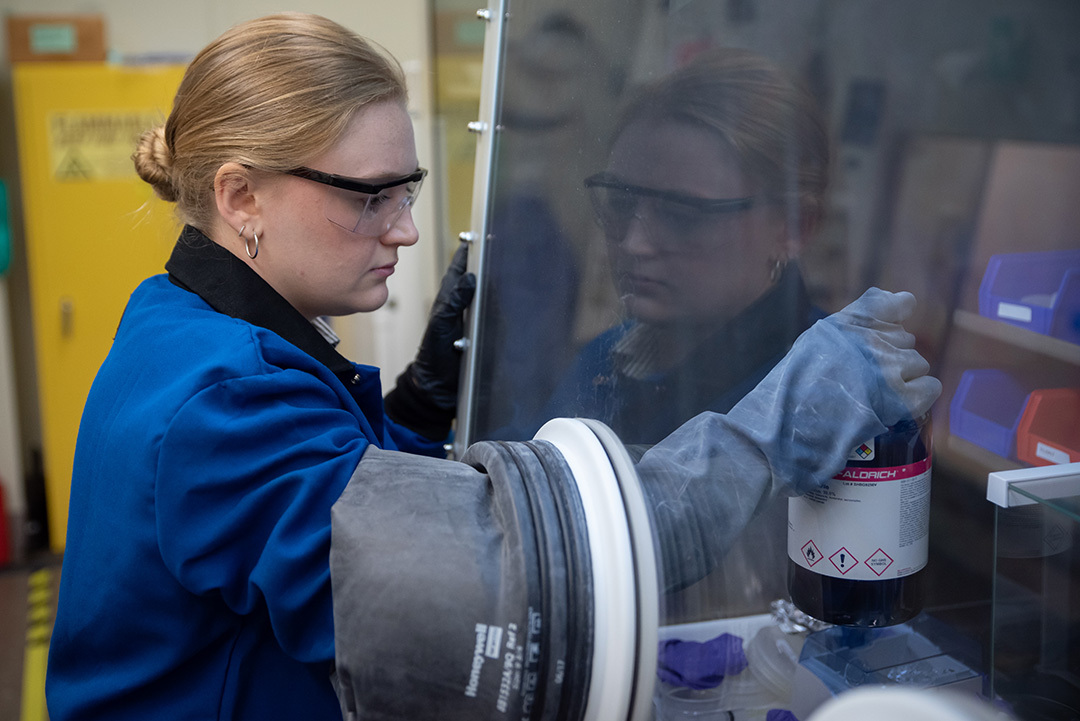
The summer passed quickly as I worked to get my research project up and running. I was finally making some inroads on the project when I saw the call on the NIST internal webpage for temporary assignments to help with the implementation of the recently passed CHIPS and Science Act of 2022. The goal of the CHIPS Act is to strengthen America’s position in computer chip research, development and manufacturing.
I had been following the passage of the CHIPS Act with interest, as it spoke to all the issues I’d seen firsthand as a graduate student in electrical engineering.
I knew well that the U.S. was not producing enough engineers to support a robust semiconductor industry, especially in underserved groups. Engineers with relevant degrees often go into other fields, leaving critical roles for chip research and development unfilled. I remember being relieved at the specific callouts in the act about the dire workforce needs in the industry, especially to broaden participation.
As I read through the job posting, I thought, “I have all these qualifications; I could do this.”
I volunteered and was hired on a temporary assignment to the workforce development team in the $11 billion CHIPS Research and Development program being stood up at NIST in November 2022.
What can the federal government do through the CHIPS R&D program to create a diverse semiconductor workforce ready to help the U.S. lead the world in semiconductor innovation? I’ve spent hours reading industry white papers, published research and government reports, as well as speaking with stakeholders across government, industry and academia to help policymakers answer this question. While this work is just getting started, I am confident our efforts will bring us one step closer to meeting the CHIPS program’s ambitious goals.
I have learned so much, from interagency coordination to policy writing. I am so grateful to the CHIPS R&D team, especially to our team lead Rebecca Zangmeister. I’ve heard others joke about this experience as “building the plane while flying it,” and I can attest to the accuracy of that description.
However, the people who I’ve been fortunate enough to work with are some of the most intelligent, hardworking, detail-oriented and good-natured I’ve known. If I had to trust anyone with building a plane while flying it, it would be them.
I truly believe we will pave the way for a significant broadening of participation in the semiconductor industry.
That Balsa Wood Tower Keeps Me Going When Things Seem Impossible
When the days become frenzied and long, I think of myself obsessively building those towers in 2007 and how winning that National Championship was what it took for me to believe I could be a scientist.
I don’t want the next generation of scientists and engineers to have to go to such great lengths to be able to believe they can be scientists, too. I want people from all backgrounds to see themselves as scientists and researchers and know that they belong.
As Secretary Gina Raimondo pointed out in a recent speech, those in the semiconductor workforce make high, family-sustaining wages and have the economic opportunity that comes with them. While this kind of change will take time, I think it starts with people like me volunteering to spend some time doing what they can.
Mentors and Representation Are Key to Progress
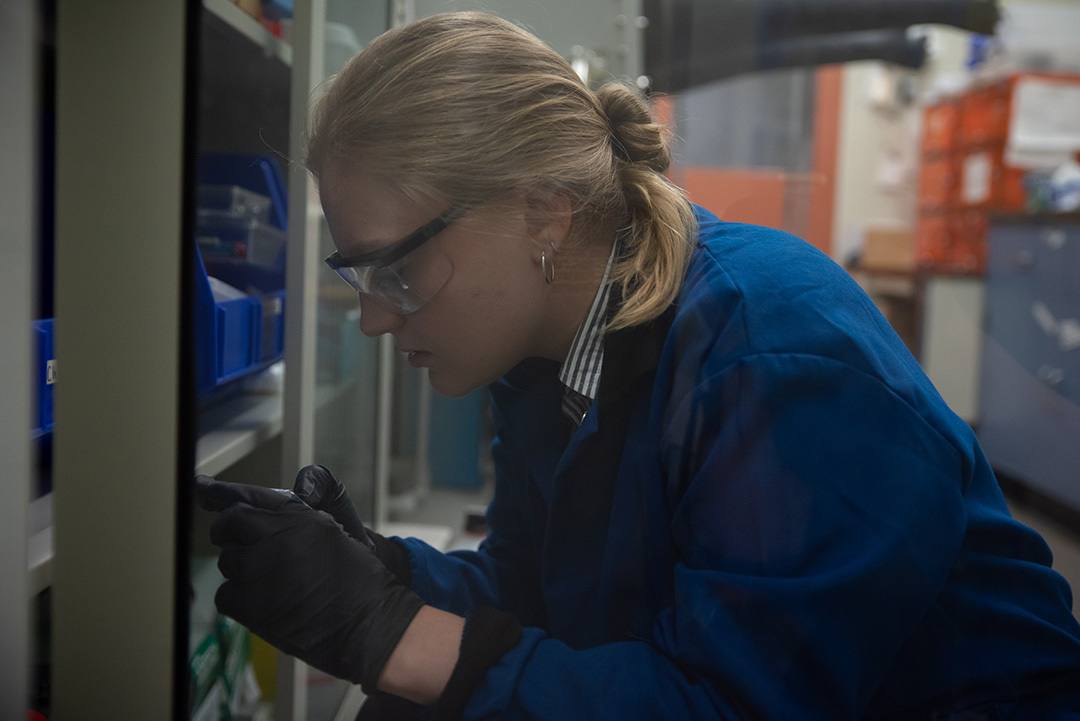
In closing, I will give you the messages I hope you get from my story: mentors matter. Without enough mentors to encourage women and others from underrepresented groups to persevere in their scientific careers, students will miss out on life-changing opportunities in STEM careers.
Without Mr. Erler and many other amazing research mentors, including my first research adviser Peter Collings and my Ph.D. adviser John Kymissis, I would not have made it to where I am today. I heard their voices, sometimes years later, when I had to find the fortitude to try the problem or run the experiment just one. more. time.
Representation matters. As I mentioned, I have had many wonderful mentors, but I did not have a female research supervisor until I started at NIST, and I was not short on research experiences in college and grad school. I hope my work at CHIPS will mean others will not have to wait as long.
Lastly, legacy matters. Nuclear chemist Clarice Phelps gave a wonderful talk at NIST recently about the legacy we leave behind as scientists and solidified much of my thinking on this topic. As scientists today, we are some of the most educated people in history. What we do with that education matters. I hope one day I can say that my legacy as a scientist is helping aspiring scientists feel that crucial sense of belonging.
There are probably future scientists somewhere crying over a balsa wood tower right now with nationals just a few weeks away, as I’m writing this. It’s being hosted in the same city where I won in 2007 — Wichita, Kansas.
If they love science and want to pursue it as a career, I want them to know there’s a place for them in this field, maybe even in a world-class organization like NIST.


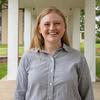



Thanks for sharing your story Crissie. You point out many important challenges to diversification. Not only attracting candidates, but helping them feel part of the community. When it gets tough, as it will, people need a support system to draw upon. Lets all reach out and try to provide that to someone new.